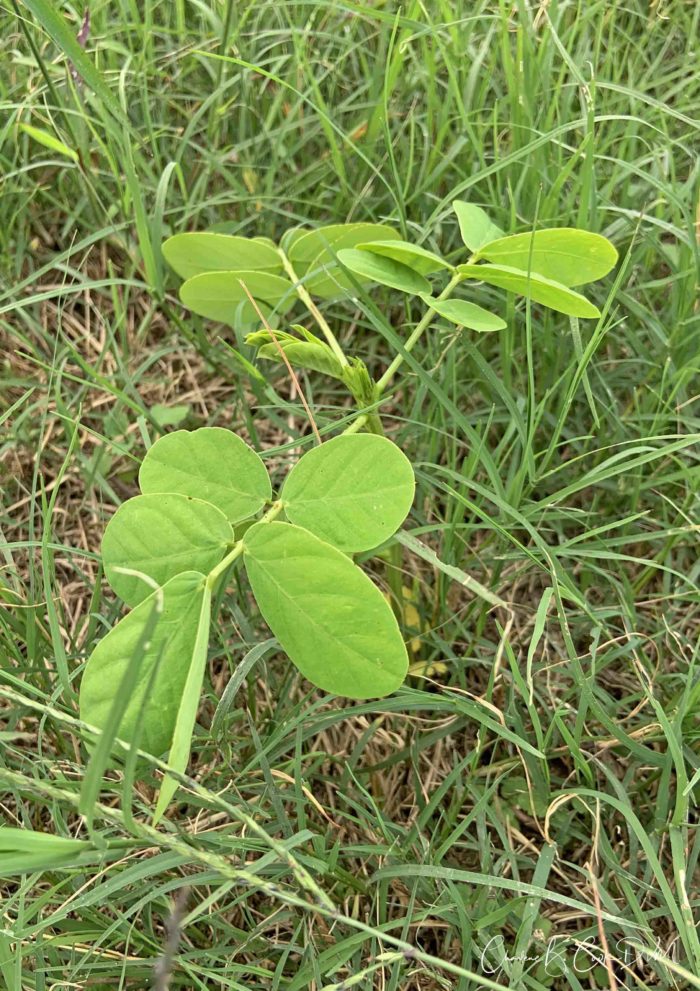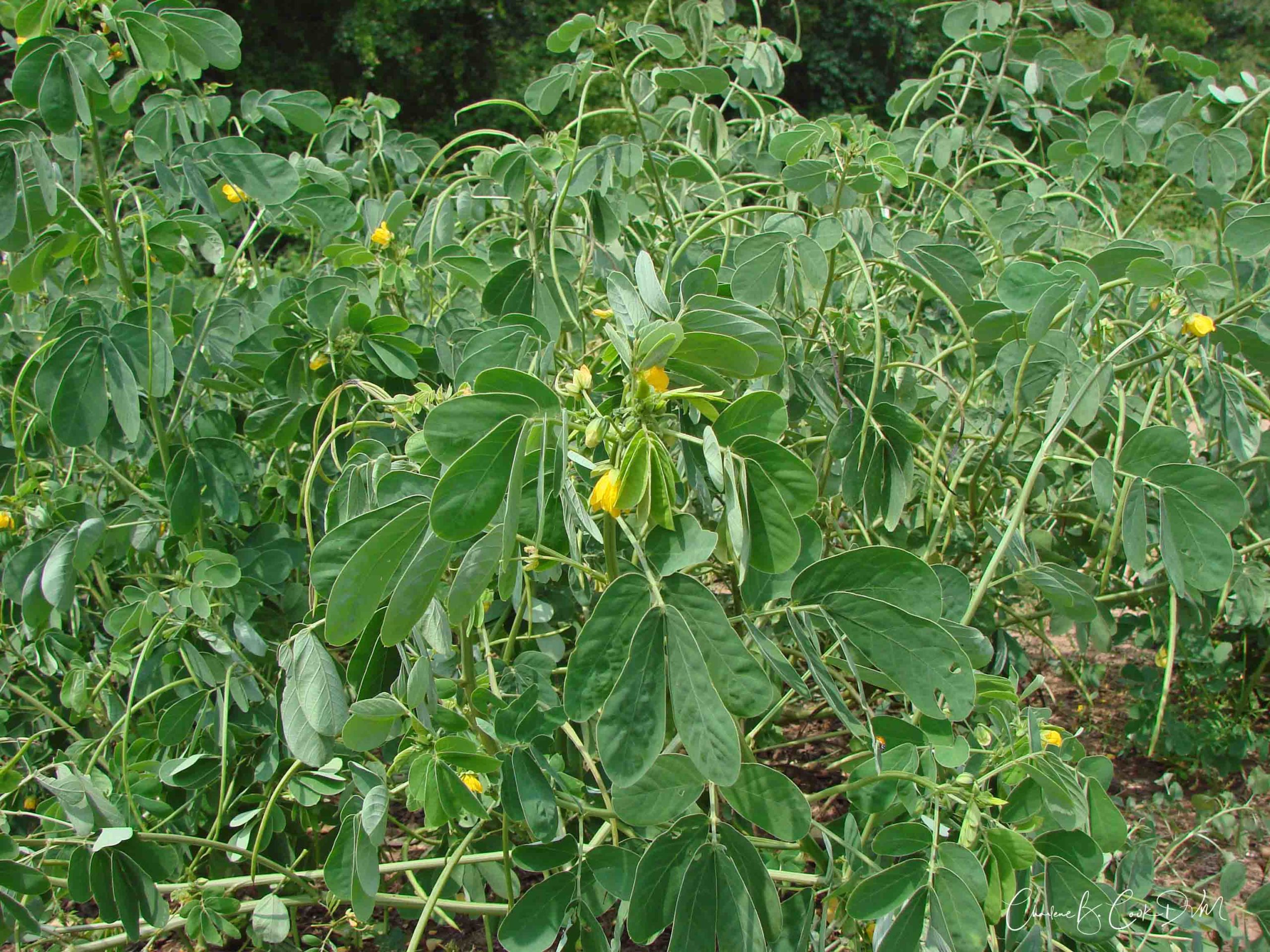At age 20 the mare was a much beloved companion, trail horse, equine friend and companion to her owner of many years.
She had lived on the same farm for most of her life. Most of her life had been uneventful. She was an easy keeper and a good ride. Recently she started losing some weight and seemed to lack her usual energy. Bloodwork showed elevated liver enzymes. An ultrasound revealed changes in the liver architecture. A liver biopsy confirmed the diagnosis of liver disease caused by Pyrrolizidine alkaloid toxicity.
Pyro who you say! Certain weeds contain substances called Pyrrolizidine alkaloids. These include Crotalaria, Senecio and several others. You may know them as Ragwort, Groundsel, Fiddleneck, Sickle Pod or Potato Weed. These weeds and not palatable and horses will normally avoid them unless:
- There is not enough grass or hay in the pasture.
- The weeds have become palatable after the application of a herbicide.
- The hay, pellets or grain has become contaminated with seeds or parts of these plants.
When a horse ingests a toxic plant containing pyrrolizidine alkaloids the alkaloid is carried to the liver by the circulation. In the liver the normal cell division is disrupted and the liver cells cannot divide becoming large cells called megalocytes. When the megalocytes die, scar tissue is produced and the liver shrinks. The effects of pyrrolizidine alkaloids are cumulative and in most cases the horse is exposed over many years consuming small amounts of the toxic plants. Every dose causes irreversible damage to the liver and the horse is slowly poisoned.
This is a sneaky type of poisoning. Horses have very large livers and can appear normal until 75% of the liver is damaged. The liver damage is irreversible and there is no antidote or treatment other than supportive care. Horse with pyrrolizidine toxicity will eventually die of liver failure.
So what should a horse owner do? You need to monitor your pasture. Take a walk through the pasture and identify the plants that are growing there. A cool feature of the Google app is photo identification. If in doubt contact the County Extension agent to identify the plants in your pasture.
Pictured is the most common offender in our area. Crotalaria is also called “sickle pod” for the long slender seed pod that looks a lot like a skinny green bean. It is also called “rattlebox” as the seeds will rattle if the plant is shaken after it reaches maturity.
Our pastures are very important for our horses. They provide exercise, nutrition and mental health benefits. But, your pasture needs care just like your horse, it will need mowing, fertilizer, lime and possibly a herbicide. The application of the products such as fertilizer, lime and herbicides requires planning, some products require that the horses be removed for a period of time before the horses can go back on the pasture. Pastures perform best with a stocking rate of 1-2 horses per acre, your pasture may be overgrazed and you may need to supplement with hay. You can best care for your pasture by collecting soil samples each year and having the soil analyzed.


